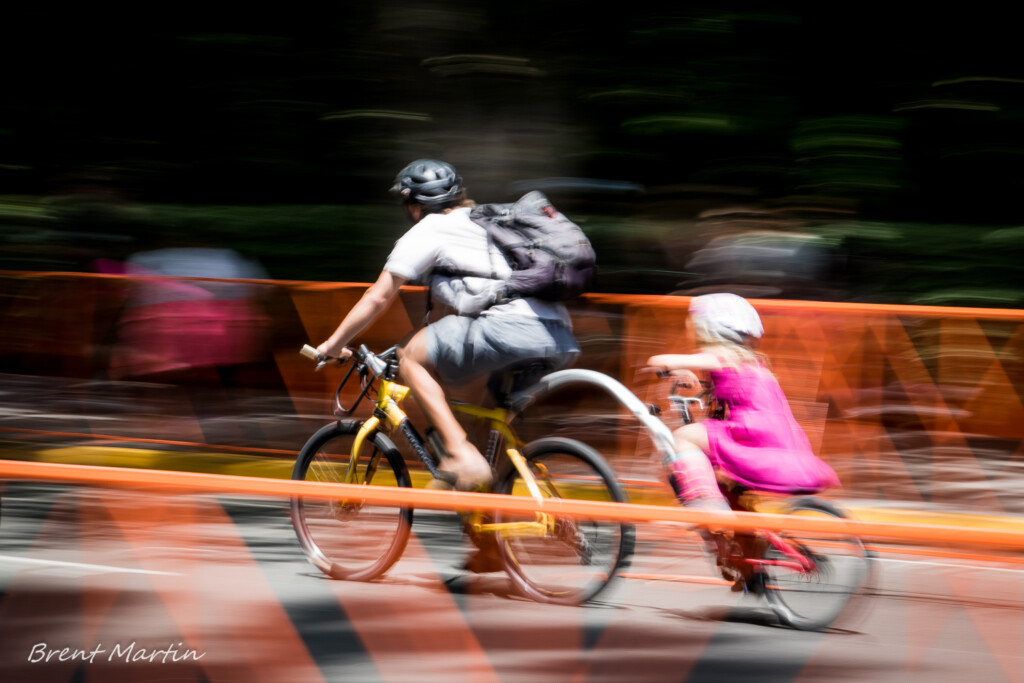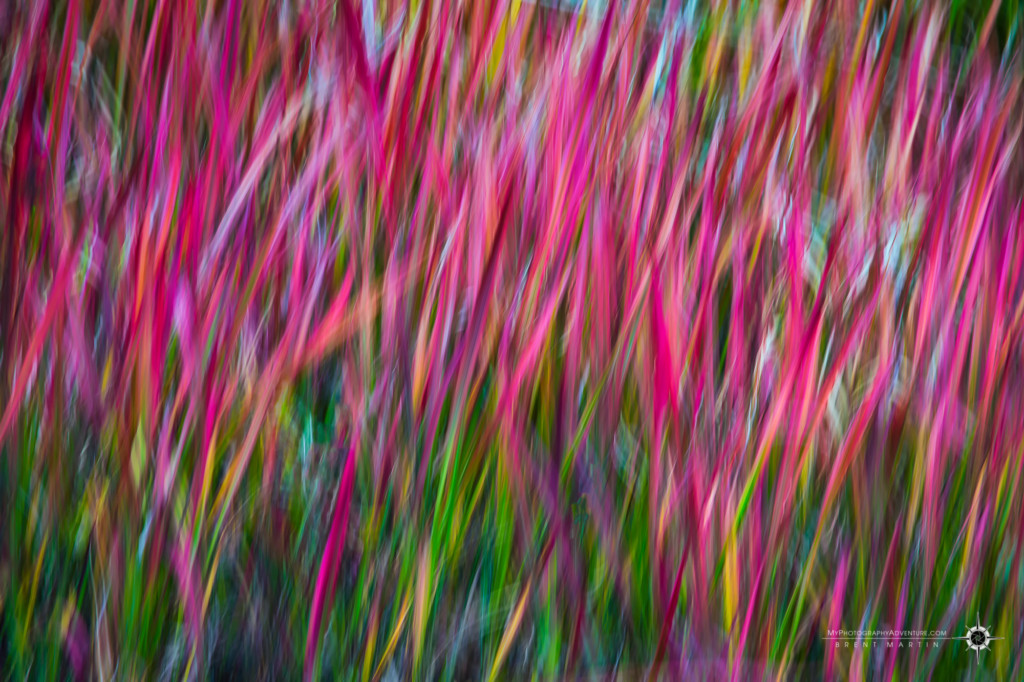Panning Blurs – ICM
Panning blurs are one of the basic concepts related to intentional camera movement (ICM). ICM is a style of photography with the intent that an image does not need to be in focus to be a good image. The blurred, unsharp qualities of this style of images can make for some very interesting artistic effects. There is no need for special software or filters, you create all of the effects in camera with ICM.
The initial concept of a panning blur is fairly simple. Just move your camera from side to side. Imagine if you are looking through your viewfinder, watching a car passing in front of you while capturing images. If you wanted the images to be sharp, you would use a fast shutter speed and possibly higher ISO to freeze the cars motion.
Panning blurs do not need to be in focus to be beautiful
For ICM panning blurs, the goal is to not have the image in sharp focus, so we want to work with a low ISO and slow shutter speed. The car should be at least a little in focus, while the background is blurred. I suggest this as a good way to start learning this technique.

Find a street where the cars are passing you at about 25-30 MPH. Ideally, you want some structure in the background. You need something that will provide a nice blur in the background, for that reason houses or other buildings across the street are ideal to start with. For the cars, you don’t want them going too fast while you are learning.
It can be helpful to use a tripod with a panning head, so you to easily keep your camera level while panning horizontally. Start with camera settings of ISO 100, and a shutter speed of 1/25th. Be sure your camera is setup to let you to take continuous frames at the highest rate your camera allows, and also set for continuous focusing. Your camera needs to be able to adjust focus on the car as it passes in front of you, so be sure to use the correct auto-focus setting for your camera. You can decide if it is easiest for you to follow the car through the viewfinder, or LCD screen if you have one.
Practice focusing quickly
As a car comes into view, get your camera focused on it as quickly as possible and press the trigger. Keep your trigger pressed, and follow the car while it passes you. Depending on the speed of your camera, you may get 2-3 frames, you may get more. Remember that the number of frames you capture will still be limited to some degree by your shutter speed and the amount of time the car is passing in front of you, so don’t worry about the total frames captured.
After your first set of images, review them in your camera, so you can evaluate how blurred the car is. Hopefully you have an LCD screen to make this easy. If the car is too blurred, a slightly faster shutter speed may be needed. If the car is only slightly blurred or not blurred at all, evaluate how blurred the background is. Ideally, the background is blurred to the point where there are no distinguishable details. In the end though, this is your artwork, so you get to decide how blurred it should be.
Once you have reviewed these initial frames, make your adjustments, so you can try it again. It can take a few attempts to get the feel of it, so don’t be surprised if you capture 50 or more frames while practicing. Once you have a feel for it on a tripod, try it handheld.
Hopefully it is not long before you have some pleasing images. When you have even a couple, it is time to take the next step in panning blurs.
Panning Blurs of stationary objects work too
You don’t need a moving object to do a panning blur. You simply need to slowly move your camera horizontally, or even vertically as you press the trigger. For stationary objects, I use shutter speed of 1/10th or 1/15th as a good starting point. Just slowly pan your camera while shooting, then review your images and decide what adjustments you need to make. Sometimes it is as simple as not adjusting the camera, but adjusting the speed that you are panning. Maybe you need to go slower or faster.
Although it can take some practice to get the feel for panning blurs and ICM, capturing a quality blur is very satisfying. Don’t worry if it takes more than a few frames and some time. Plan on taking at least 50-100 frames for your initial practice and experimenting. The more frames you take, while evaluating your results along the way, the better feel you will get for creating beautiful panning blurs.

